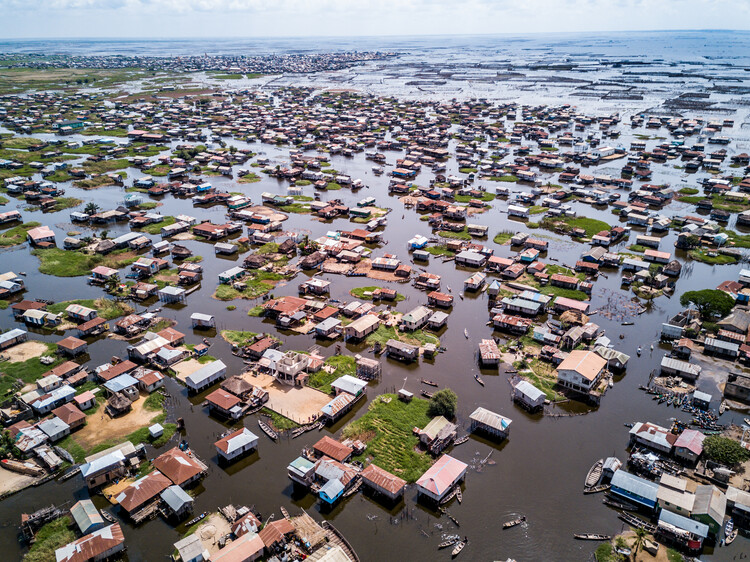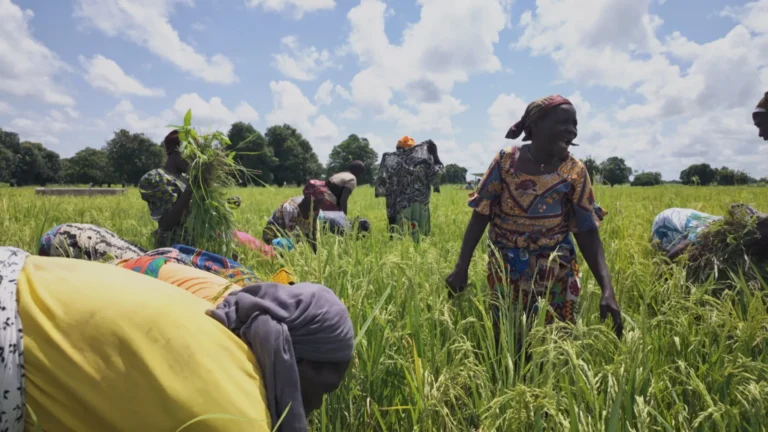
The Beninese government has officially launched the prototype phase of a transformative urban development initiative aimed at reshaping Ganvié, the iconic lakeside city often dubbed the “Venice of Africa.”
The project, titled Reinventing the Lakeside City of Ganvié, targets the construction of 1,000 modern, water-adapted homes to address the escalating degradation of traditional stilt dwellings.
Nestled on Lake Nokoué, Ganvié is renowned for its floating homes and vibrant aquatic lifestyle.
However, the community’s signature structures—built primarily from wood and perched on stilts—are increasingly threatened by the dual pressures of aging infrastructure and climate change.
Residents face growing vulnerabilities, including unstable foundations, leaky roofs, and the hazards of rising water levels and flooding.
In response, authorities have unveiled a phased approach to redevelopment. The first stage includes the construction of 250 pilot homes, designed to serve as functional models for the larger initiative.
These prototypes will be tested to evaluate their compatibility with the aquatic environment and local cultural practices.
“These pilot homes are crucial,” a government spokesperson stated.
“They will allow us to test the durability of construction methods and materials before broader deployment.
The objective is to create a model that reflects both modern engineering standards and Ganvié’s unique way of life.”
To ensure the technical success of the project, the Council of Ministers has approved the hiring of a specialist construction firm experienced in wetland-based architecture.
The company has already submitted approved material samples that comply with environmental and structural standards suitable for lake environments.
Beyond engineering, the government is also considering the social implications of the project.
Officials have pledged that the restructuring effort will respect the historical identity and social fabric of Ganvié.
By preserving the community’s heritage while improving living standards, the project seeks to strike a balance between modernization and tradition.
This bold initiative not only promises to revitalize one of West Africa’s most iconic communities but also stands as a potential model for sustainable, climate-resilient housing in similar ecosystems across the continent.



